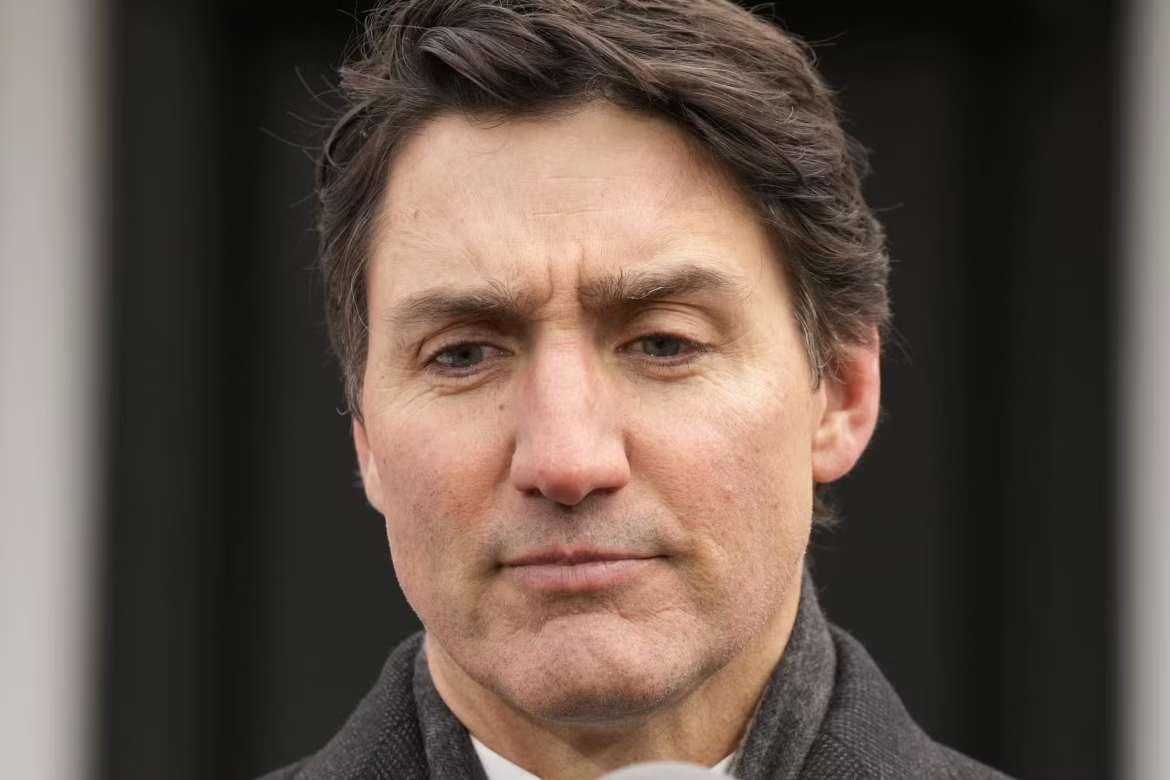Canadian Prime Minister Justin Trudeau announced his resignation as the leader of the Liberal Party on Monday. This decision comes amidst growing dissatisfaction with his leadership and internal challenges within his government. Trudeau addressed the nation, asserting that he could not continue to lead during the upcoming elections scheduled for 2025.
Trudeau has served as Canada’s prime minister for nearly a decade. He rose to power in 2015, winning the election with promises of positive change and a more progressive government. Over the years, his administration has faced a variety of challenges, including economic issues, environmental concerns, and international relations.
Trudeau’s announcement follows the sudden resignation of Finance Minister Chrystia Freeland. Her departure signals possible unrest within the higher ranks of the government. Freeland played a pivotal role in Canada’s economic decisions and was seen as a key member of Trudeau’s cabinet. Her resignation and Trudeau’s subsequent announcement suggest a possible realignment within the Liberal Party as it gears up for the forthcoming elections.
Trudeau stated that while he will be stepping down as the party leader, he plans to remain in office until the party selects a new leader. This transition will allow for continuity in government operations and offers the party time to prepare for the next electoral challenge.
Trudeau expressed gratitude for the opportunity to serve as the country’s leader. He highlighted some of the achievements during his term, including progress in healthcare reforms and climate change initiatives. However, he acknowledged the need for fresh leadership to tackle the new challenges facing the nation and to maintain public confidence in the Liberal Party.
Political analysts are now focusing on the potential candidates who might succeed Trudeau as the party leader. Several names from within the party have emerged as possible contenders, though no official announcements have been made. The transition period will be crucial for the Liberal Party as it looks to rebuild its image and address the concerns that have been raised over the last few years.
Canada’s political landscape is set for an interesting phase as the opposition parties prepare to capitalize on the Liberal Party’s leadership change. The Conservative Party and the New Democratic Party will likely intensify their campaigns in an effort to secure a stronger foothold in Canadian politics.
The coming months will be significant for Canadian politics, as the Liberal Party works on selecting a new leader who can address both party unity and the broader national issues. The decision on Trudeau’s successor could play a crucial role in determining the direction of Canadian policies and the outcome of the upcoming elections.

